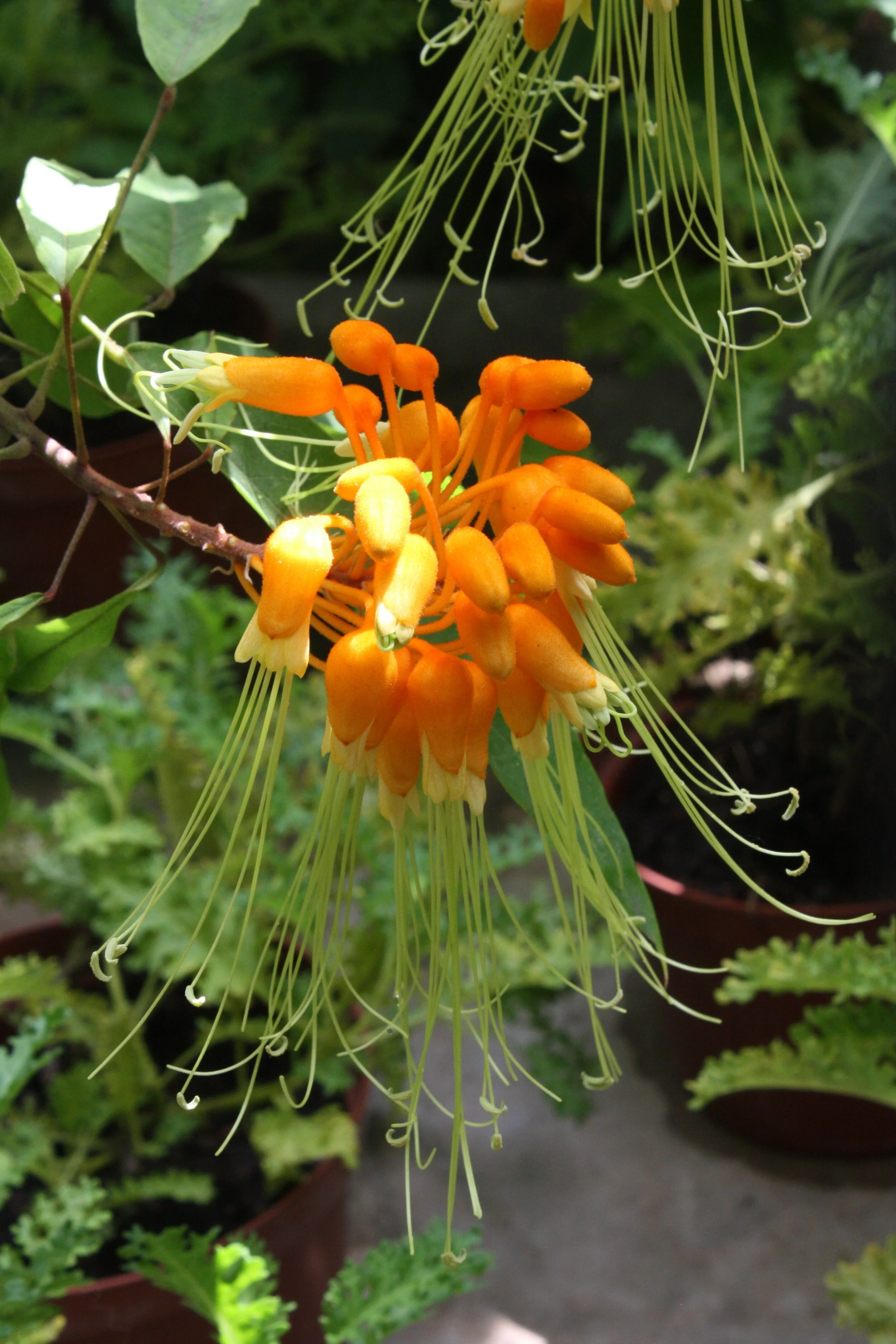At-Home STEM Activities: A Plant Family Tree
Since this week is National Wildflower Week, we’re spending the week looking at the plant world. First a quick look at the evolution of plants.
Biologists believe that plants evolved from algae between 400 and 500 million years ago. The first plants were bryophytes that did not have vascular tissue- that means that they didn’t have special systems for moving water and nutrients from one part of the plant to another- instead these things moved by osmosis. These plants are limited in how tall they can grow because of this. When vascular plants evolved with special tissues for transporting materials (xylem and phloem), they could get much taller. These initial vascular plants make just one kind of spore during reproduction- later plants evolved seeds which provide better protection for the next generation. Early seeds were exposed to the elements (gymnosperms), then flowering plants (angiosperms) evolved with flowers and fruits. Today angiosperms represent more than 90% of vascular plant species.
New Hampshire has examples of all of these types of plants- do you know which is which? See if you can reconstruct the plant family tree featuring a number of the species found here. In the phylogenetic tree, characteristics written under a bar apply to all plants coming out of that side of the bar. The answers are here.

